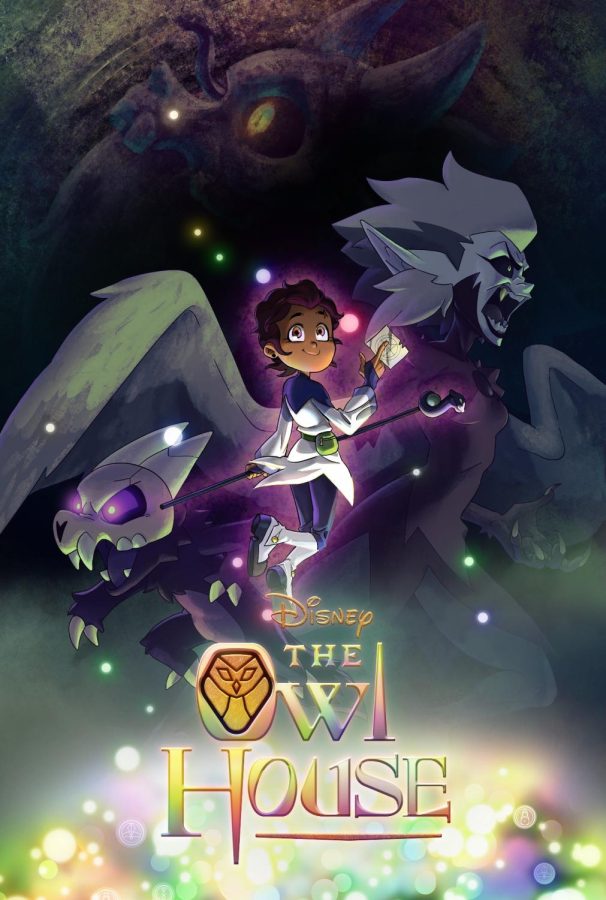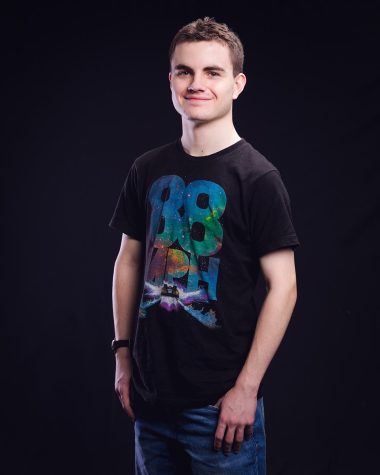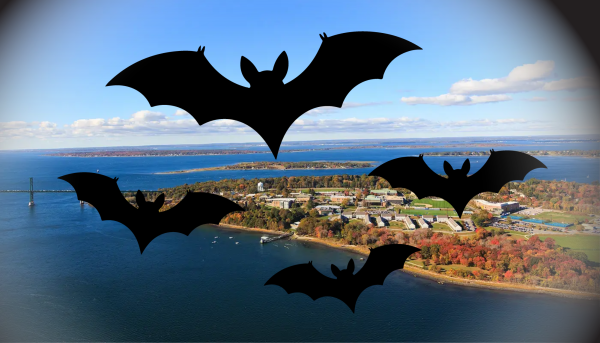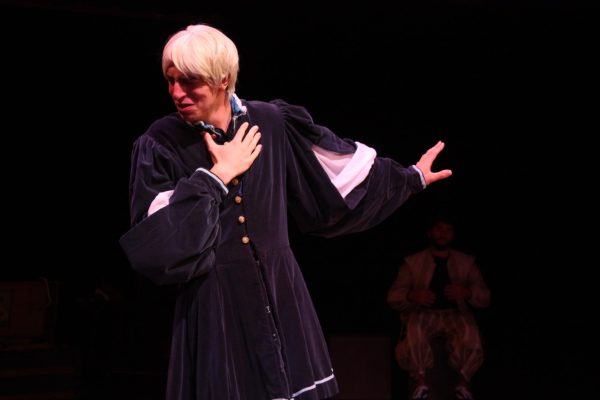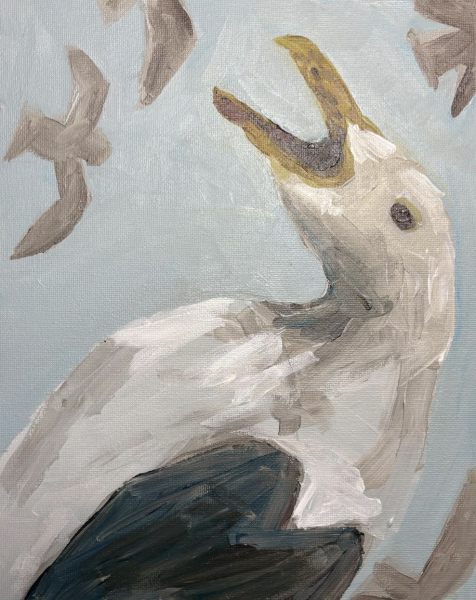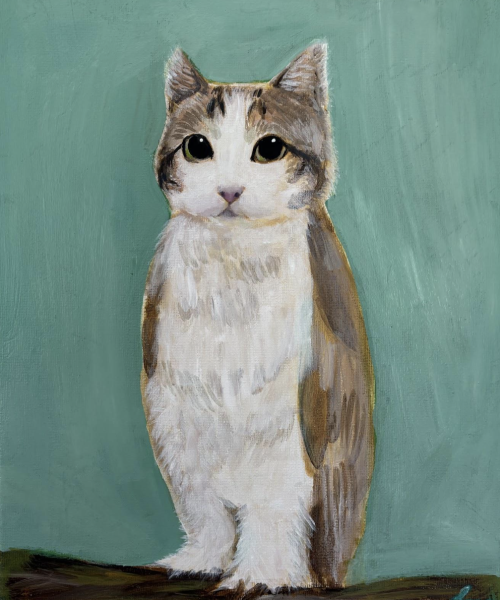Saying Goodbye to “The Owl House”
Courtesy of Dana Terrace on Twitter
The final episode of “The Owl House,” titled “Watching and Dreaming,” airs this Saturday, April 8 on Disney Channel.
It’s never easy saying goodbye to something you care about. Whether it’s with a pet you lost, a loved one who moved away, or even a book or TV show you enjoyed coming to an end. This Saturday, April 8, we bid farewell to one of the most important animated children’s shows of the past decade: “The Owl House.” This Disney cartoon will not just be missed because of all the amazing things that it was able to accomplish in terms of story, worldbuilding, and representation, but also mourned for everything that it could have and should have been.
First airing on Disney Channel on Jan. 10, 2022, “The Owl House” quickly gathered an audience of regular viewers. The series follows a Dominican-American teenager named Luz who stumbles into the Boiling Isles, an archipelago formed from the remains of a dead giant that is located in another dimension and populated by witches. While there, Luz befriends the wild witch Eda Clawthorne and her demon pet/housemate King, resolving to become her apprentice and learn as much about magic as she can. Throughout the show Luz gains both new friends and enemies as she navigates this unfamiliar world and even teaches the witches a thing or two.
Much of the initial attention that “The Owl House” received was because of its similarities to the previous Disney Channel cartoon “Gravity Falls” in a number of ways, including tone, premise, humor, and even the people working on it. “The Owl House” series creator Dana Terrace got her start at Disney storyboarding on the 2012 animated mystery show, and “Gravity Falls” creator Alex Hirsh voices several characters within “The Owl House,” most notably the demon King and the titular owl house named Hooty. As the series went on however, it began to garner praise for an entirely different reason: its unabashedly open LGBTQ+ representation.
“The Owl House” is notable for being one of the few examples of LGBTQ+ representation in a Disney property done completely right. The show is host to several landmark examples, including featuring a same-sex couple in leading roles, an on-screen kiss between said same-sex couple, prominent nonbinary characters, and others. This is deserving of praise in and of itself, but there’s a particular aspect to it that I believe is crucial to the importance that the show holds: none of these things are singled out within the show itself. Luz and her eventual girlfriend, Amity, are never singled out as being “different,” never questioned on the nature of their relationship, and said relationship is never treated as an issue for either character to be in. This goes for all other queer aspects of the show: rather than being questioned, they simply “are.” The fact that this type of representation is in a Disney show, airing on the same channel that was once host to childhood classics such as “Phineas and Ferb” and “Jessie,” is truly worth shouting praise over.
Unfortunately, while the show’s representation is one of its greatest strengths, it also was likely the reason for its downfall. Though “The Owl House” was originally planned to have a full third season, in keeping with the 19-episode first and 21-episode second, it was instead reduced down to just 3 double-length specials. According to Dana Terrace, this was because the series “did not fit the Disney brand.” Losing more than half the planned runtime of the final season means that many of the less important recurring plotlines have had to be dropped, and both episodes that have been released so far still feel pretty rushed, with moments that could have had entire episodes dedicated to them simply appearing in montages. Despite this, I really can’t wait to see how the story of Luz and her friends ends, and I know that I’m not the only one. Though the time we had with it was brief, “The Owl House” will undoubtedly go down as one of the most important cartoons of this generation and be remembered for years to come.

